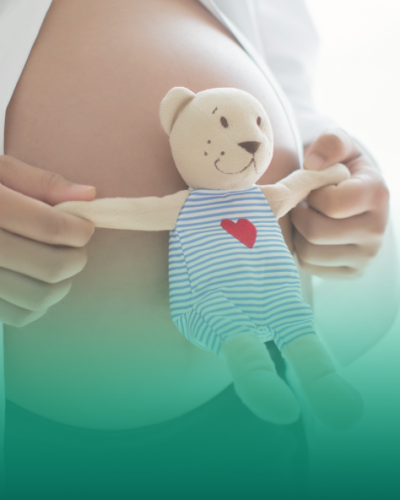Myth: Toxicosis in pregnant women is normal
Toxicosis, accompanied by nausea and vomiting in the first trimester of pregnancy, is often perceived as a normal condition – after all, from 50 to 80% of pregnant women experience it. However, limited to minor nausea and vomiting 2-3 times a day, without weight loss, this is more likely a variant of the norm rather than a pathology.
To relieve symptoms, it is recommended to eliminate trigger foods, eat small portions of food, do not overindulge, and keep snacks on hand. Your doctor may recommend vitamin B6, which some studies have shown may reduce nausea in pregnant women. If the situation does not improve and vomiting more than 2-3 times a day, hospitalization may be required.
Myth: When there is a threat of miscarriage, a woman needs complete rest
The Russian national guidelines for obstetrics recommend a therapeutic and protective regime in case of threat of miscarriage to maintain pregnancy. Foreign sources claim that 80% of miscarriages occur in the first trimester, and bed rest is not discussed.
In fact, the threat of miscarriage is most often associated with chromosomal abnormalities, and bed rest alone will not save pregnancy. Restricting the movement of a pregnant woman is not recommended, as this may increase the risk of thrombosis, especially after 22 weeks.
Myth: Swelling is normal in the second trimester of pregnancy
Swelling that occurs during the second trimester is often considered normal. Traditionally in Russian obstetrics they are associated with preeclampsia, but they are not its only symptom. To prevent swelling, it is recommended to avoid prolonged vertical positions and use compression stockings and a bandage.
Limiting water and salt intake has no scientific basis and does not help reduce swelling.
Myth: Uterine tone is dangerous
The term “uterine tone” is most often used in the post-Soviet space, and it is associated with pain in the lower abdomen in the first trimester. However, pain without bleeding does not pose a threat.
In the second trimester, such sensations often disappear, and a nagging pain appears on the sides of the abdomen, which is not tone. Uterine hypertonicity is a completely different condition, accompanied by severe, unremitting pain.
Thus, the diagnosis of “uterine tone” has no scientific basis, and hypertonicity is a separate condition that requires the attention of a doctor.”






